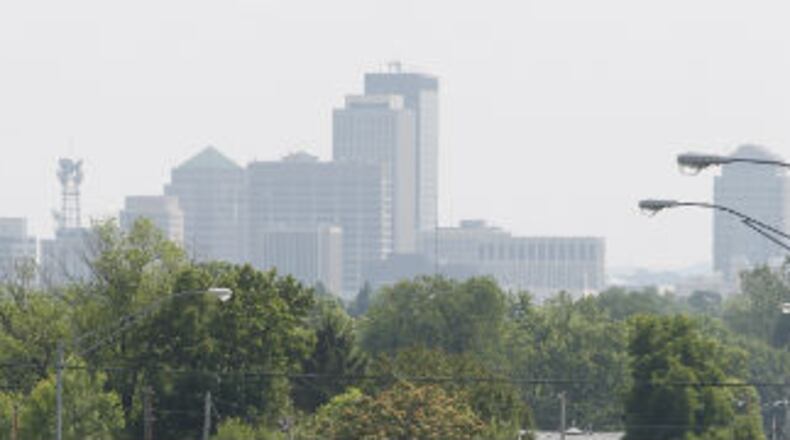The U.S. Environmental Protection Agency (EPA) and local air quality agencies have been working together to make it easier for the public to understand the importance of air quality. Knowing the unhealthy level of local air can greatly impact how you live and breathe. In an effort to make this information easier to understand, the EPA and local offices use something called the Air Quality Index, or AQI.
What is the AQI?
The AQI was designed to create an index to which the daily air quality could be measured. This index is a way to clearly say how clean or unhealthy the air is to breathe, and what associated health effects might be of concern. Ground-level ozone, particle pollution, carbon monoxide, and sulfur dioxide are all measured by the AQI and regulated by the Clean Air Act. While the AQI measures all four of these products, it’s the ground-level ozone that’s the main culprit for Air Quality Alerts issued on any given day.
What is Ozone?
Ozone (O3) is a very reactive gas composed of three oxygen atoms. The oxygen we breath is only comprised of two molecules (O2).
There are two types of ozone, “Good” and “Bad”. “Good” ozone is present in the Earth’s upper atmosphere, the stratosphere. This layer of ozone forms naturally and helps to protect the planet from harmful ultraviolet radiation. “Bad” ozone forms in the troposphere, the layer nearest the ground. This ozone layer forms when sunlight alters various chemicals emitted by humans. It’s this lowest ozone layer, “Bad” ozone, that can have a direct impact on the air quality.
What are the health effects?
Elevated ground-level ozone can affect the lung and respiratory system. People with lung disease, asthma, chronic bronchitis, emphysema, children, elderly and active people can be at risk of reduced lung function on days when the levels are high. According to the EPA, your lungs could also become more susceptible to infection. Ozone can damage cells that move particles and bacteria out of the airways and reduce the number and effectiveness of white blood cells in the lungs.
Air Quality Index and Alerts
The AQI is divided into six different categories and range from 0 to 500. Each level indicates a greater impact on the respiratory health of an individual.
On most days during the summer the AQI may fall between levels 1 and 2. That means the air quality is good to acceptable, but a very small portion of people may still feel the impacts. On days when conditions fall into level 3, “Unhealthy for Sensitive Groups”, an Air Quality Alert will likely be issued. That’s when a larger portion of people with lung disease, children, elderly and active individuals may be at greater risk. Beyond that level, everyone may begin to feel the impacts of an elevated AQI.
Staying Safe
Getting outside on a hot summer day may sound lovely, but be mindful of the AQI and any air quality alerts in effect. This could very well have a life or death impact on your body. The best advice I would give is to listen to your body. If you know you’re sensitive on days when the AQI is higher, take it easy, limit outdoor activities and if necessary stay indoors.
About the Author
